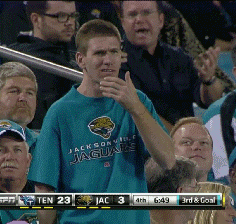- 21,784
- 2,957
- Joined
- Feb 17, 2007
Goodbye, Yoenis. Thanks for helping make Oakland baseball relevant again.
Last edited:
Follow along with the video below to see how to install our site as a web app on your home screen.

Note: this_feature_currently_requires_accessing_site_using_safari
If Lester goes back to BOS.
That's what makes this bat **** crazy. It really IS for 2 months of him






Oakland being complete trash in a few seasons
Oakland winning the WS this season



I'm still in shock this happened. Big kudos to Billy Beane to going for it this year...but Boston wins the WS, sucks this year and gets rewarded with one of the better power hitting RHB in the league


I'm still in shock this happened. Big kudos to Billy Beane to going for it this year...but Boston wins the WS, sucks this year and gets rewarded with one of the better power hitting RHB in the league

That's what leverage is all about. Maximize what you have however you can, either by trading, extending or holding onto the player.
Of course, it helps when Lester publicly says he'd re-up with Boston even after being traded. But that isn't really Oakland's problem at this moment.

Bill Shaikin @BillShaikin 1m
#Athletics source: "We may not be finished."
Jim Bowden
clarification: Cespedes is Free agent after 2015 because he has an opt out clause that allows him to be a free agent and avoid arbitration.
Cespedes though?!?!?!